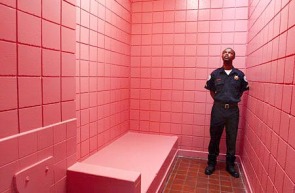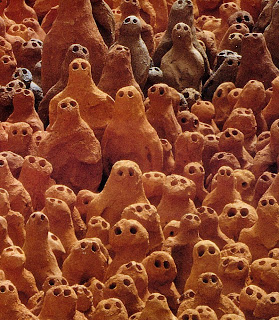The Luscher Test (Click this link)

The colours that surround you affect your mind and body. If you have a red living room, you may well have more rows with your family. If you have a calming green kitchen, all will be harmonious. Why do you think we have 'Green Rooms' back stage? Green actually slows your heart rate and calms you down, so as you prepare to go on stage, stage fright is lessened. Surgeons also wear green, so that you don't pump out so much blood (and so that any splashes don't look so scary!)
Try this synaesthenic test, to explore your preferences for texture, sound, smell, etc., to see what colour palette you should have in your home.
The Colour Sense Game: What colour should your home be?
(Click this link)

And for a bit of fun, what colour are you? What kind of colour do you exude? Are you pale and interesting, or fiery and hot? Saturated or pastel? Click the link below to have a go.
What colour are you?


















































